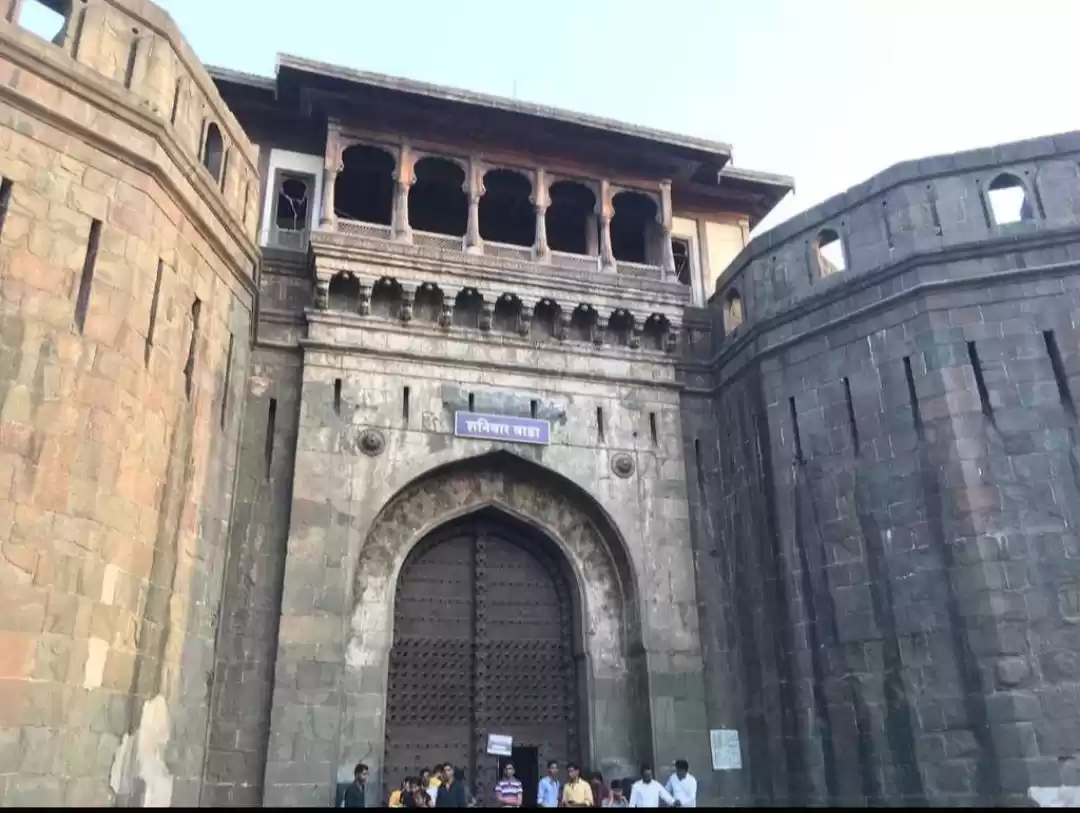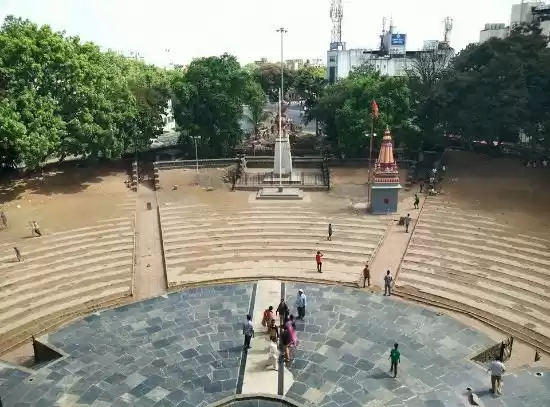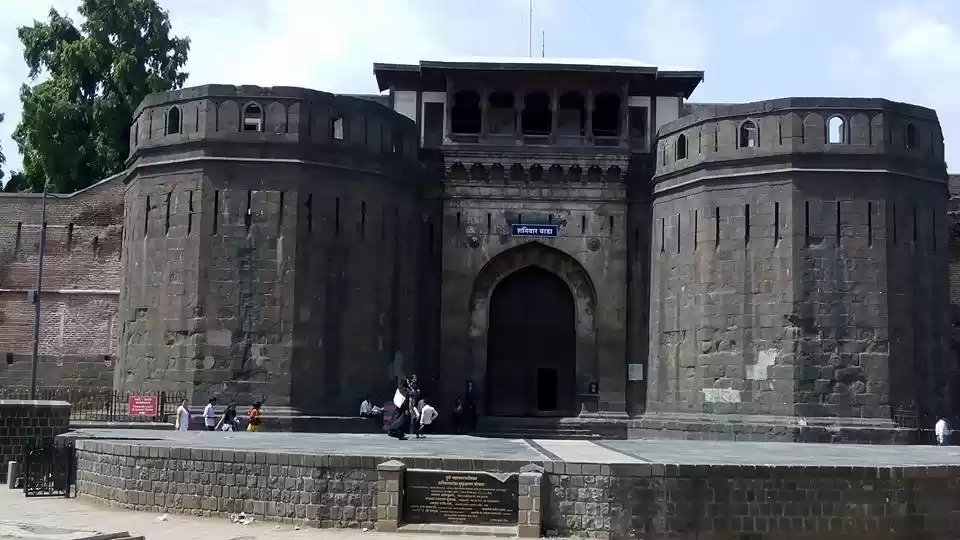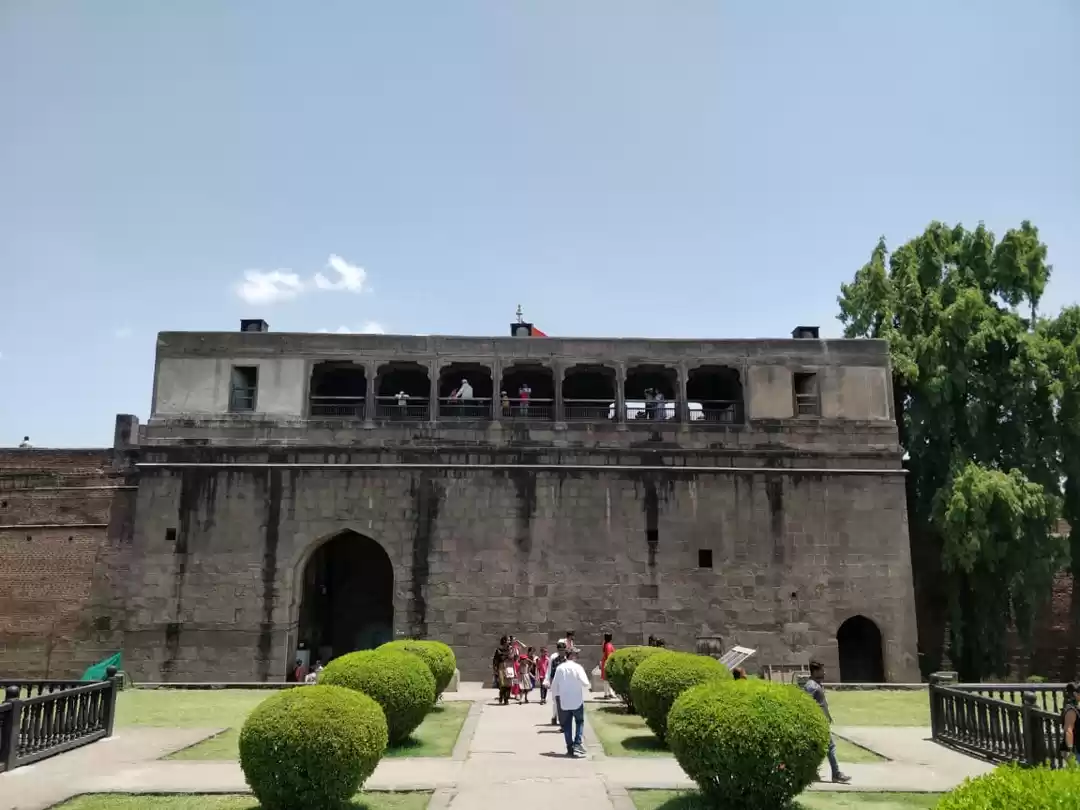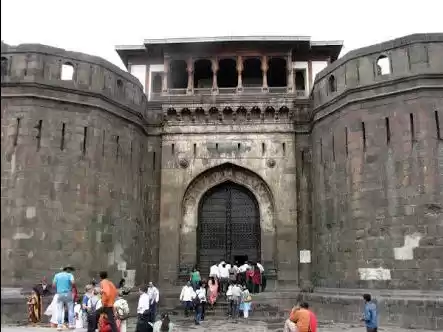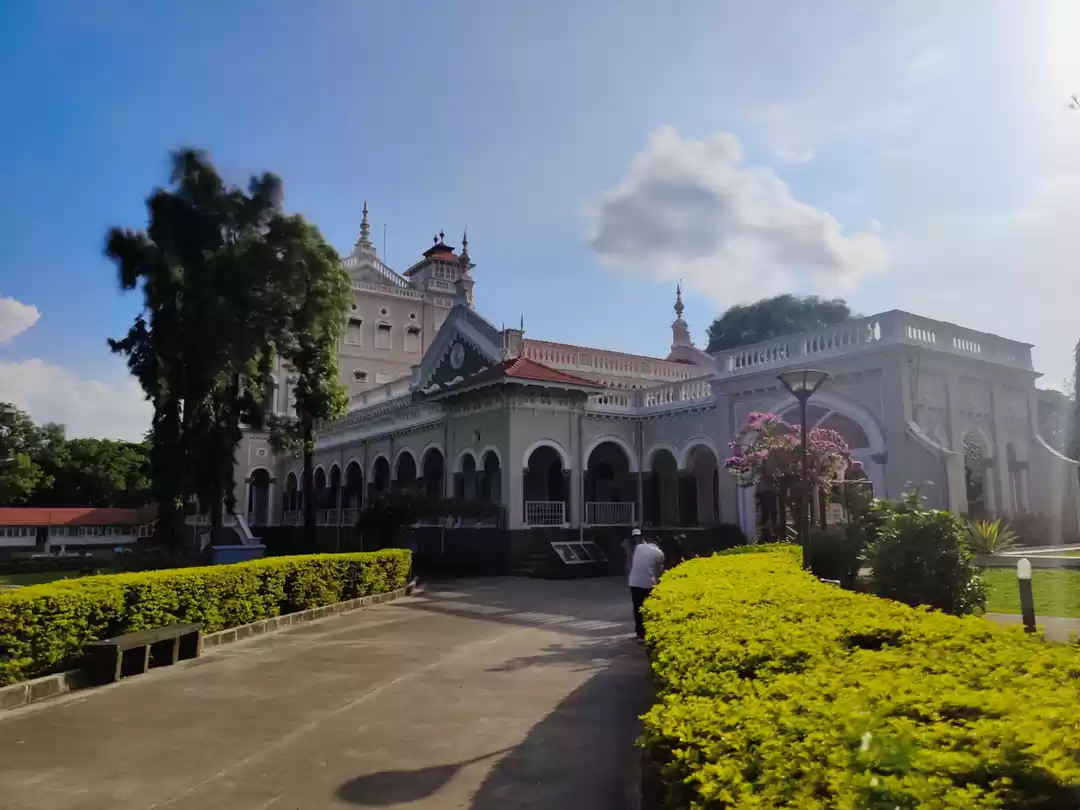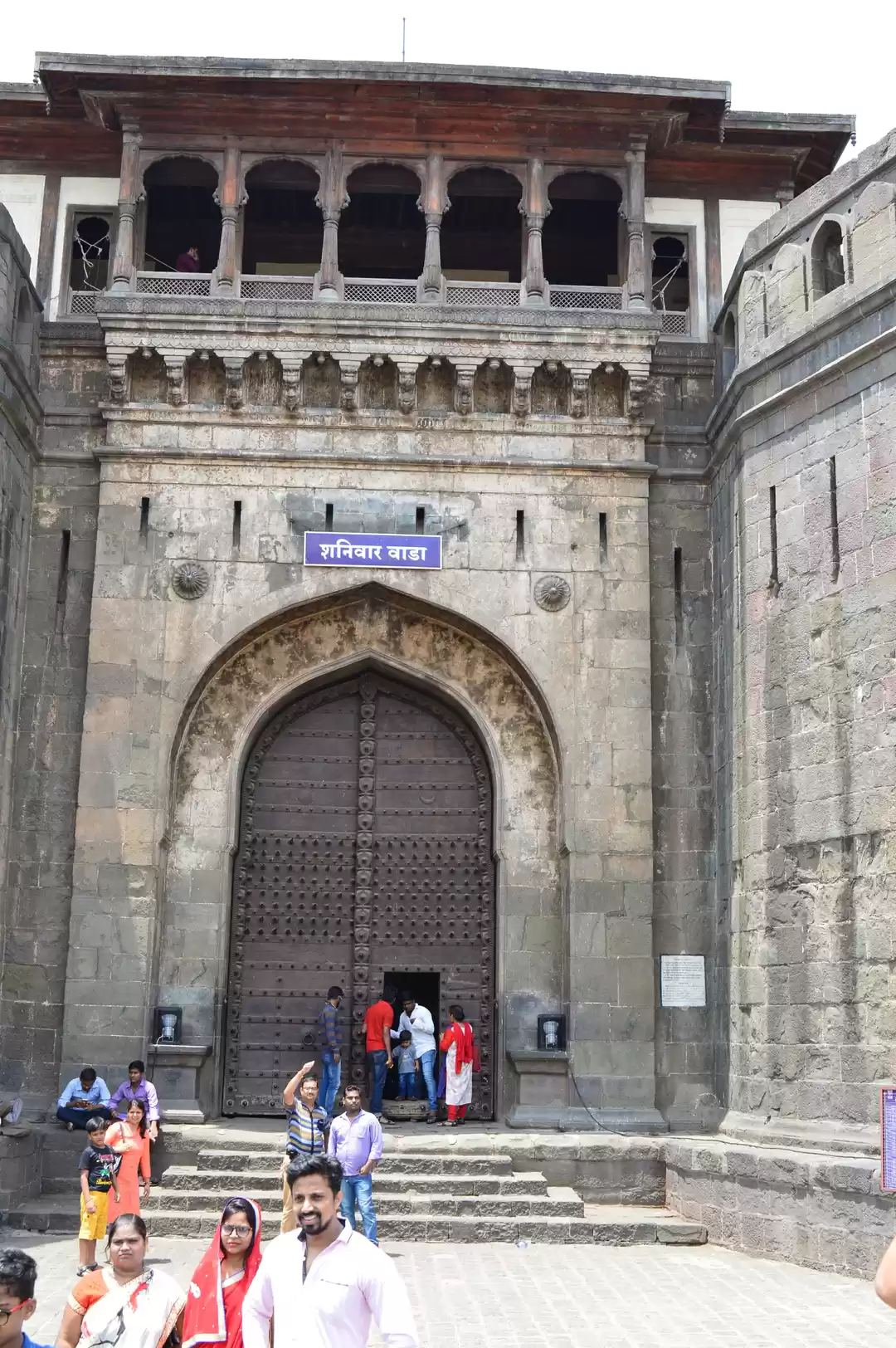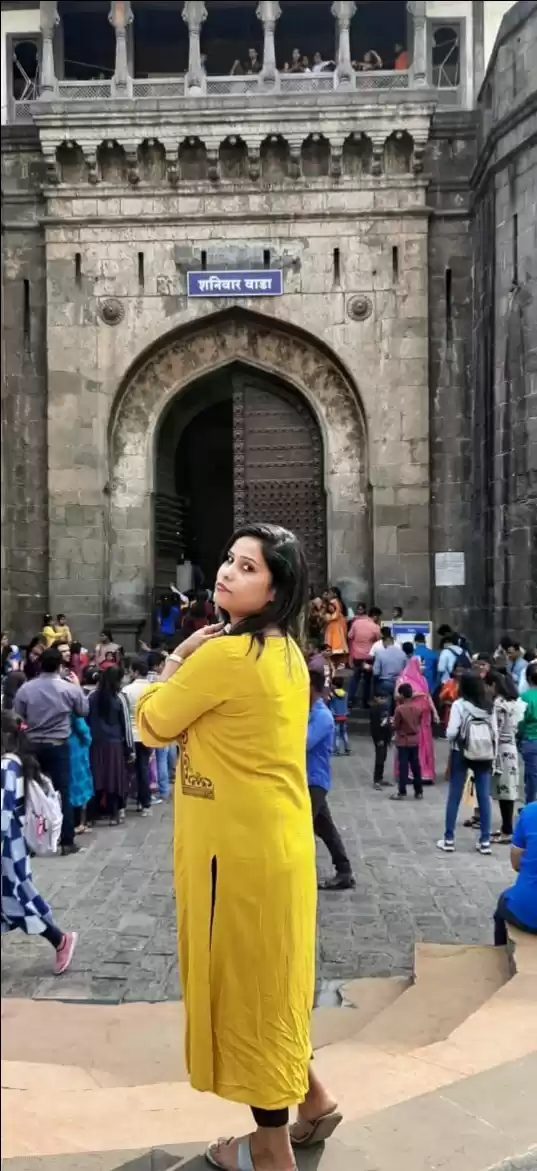

As i am born and living in pune for past 21 years, So basically I am always attracted towards historical and cultural monuments. when ever you will talk about history to any 'punekar' he will go on and on about it. Now lets talk about the heart of city SHANIWARWADA. Meaning of shaniwarwada is that shaniwar-wada means palace fort. Shaniwar wada was capital of Peshawa Empire. BAJIRAO - 1was the FIRST PESHWA and built Shaniwar wada after conquering peshwar.
Place : Pune district, Maharashtra
Best Season : October to February
Time : 8 am to 5 pm
Significance : It is a great palace fort in the city of Pune.
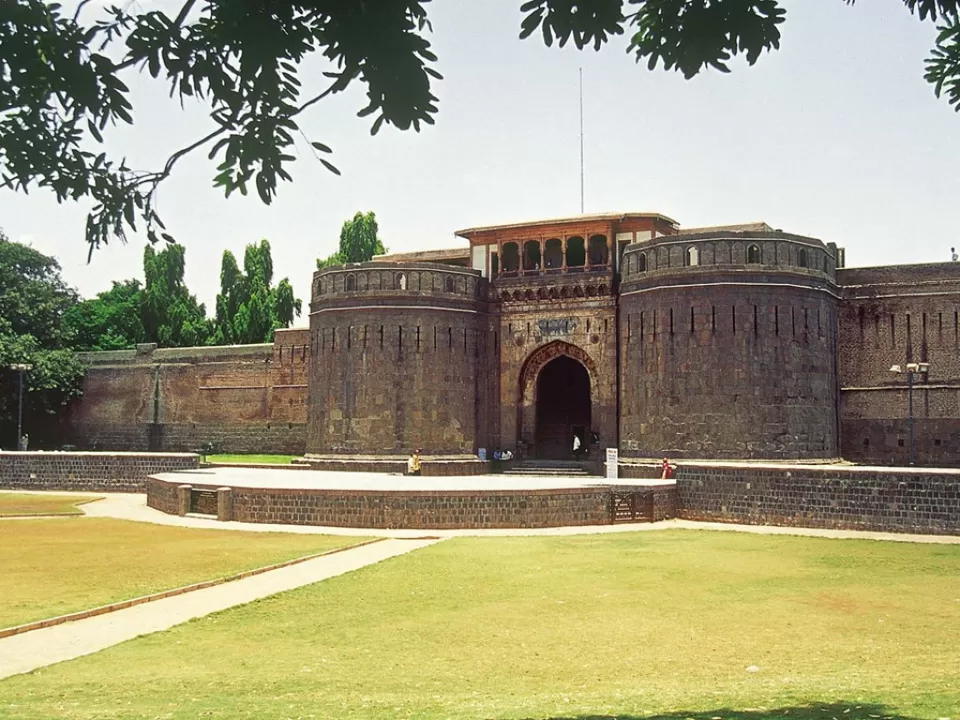
Shaniwarwada (Śanivāravāḍā) is a historical fortification in the city of Pune in Maharashtra, India. Built in 1732, it was the seat of the Peshwas of the Maratha Empire until 1818, when the Peshwas lost control to the British East India Company after the Third Anglo-Maratha War. Following the rise of the Maratha Empire, the palace became the center of Indian politics in the 18th century.
The fort itself was largely destroyed in 1828 by an unexplained fire, but the surviving structures are now maintained as a tourist site.
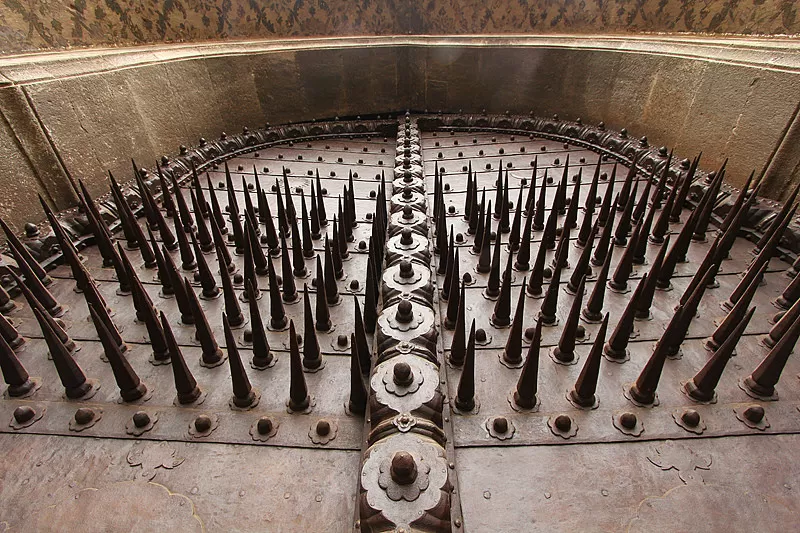
How to Reach
Pune is about 190 km from Mumbai, around 4 to 5 hours by train or bus. One can also fly directly to Pune. To reach Pune
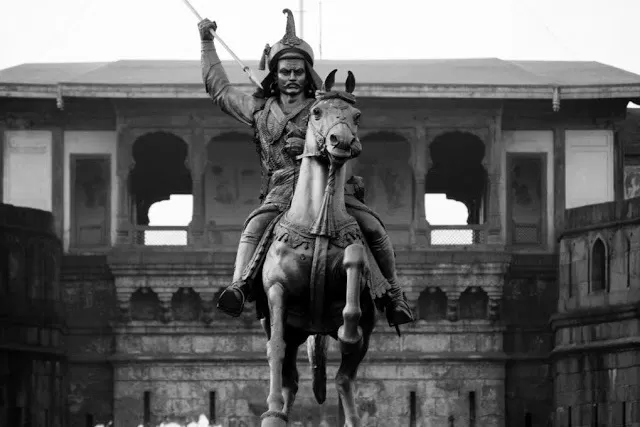
HISTORY
The Shaniwar Wada was originally the seven-storied capital building of the Peshwas of the Maratha Empire. It was supposed to be made entirely of stone but after the completion of the base floor or the first story, the people of Satara (the national capital) complained to the Shahu(King) saying that a stone monument can be sanctioned and built only by the Shahu(King) himself and not the Peshwas. Following this, an official letter was written to the Peshwas stating that the remaining building had to be made of brick and not stone. The Wada was then completed and upon being attacked by the British Artillery 90 years later, all the top six stories collapsed leaving only the stone base, which was immune to the British artillery. Hence only the stone base of the Shaniwar Wada remains and can be seen even today in the older parts of Pune.
By 1758, at least a thousand people lived in the fort.
In 1773, Narayanrao, who was the fifth and ruling Peshwa then, was murdered by guards on orders of his uncle Raghunathrao and aunt Anandibai. A popular rumour says that Narayanrao's ghost still calls for help on full moon nights. Various people, working around the area, have allegedly reported such cries. Sound of"Kaka mala wachawa"(Uncle save me) by Narayanrao Peshwa after his death.
June 1818, the Peshwa, Bajirao II, abdicated his Gaddi (throne) to Sir John Malcolm of the British East India Company and went into political exile at Bithoor, near Kanpur in present-day Uttar Pradesh, India.
On February 27, 1828, a great fire started inside the palace complex. The conflagration raged for seven days. Only the heavy granite ramparts, strong teak gateways and deep foundations and ruins of the buildings within the fort survived.
According to Haricharitramrutsagar, a biographical text of Bhagwan Swaminarayan, he had visited Shaniwarwada on the insistence of Bajirao II in 1799.
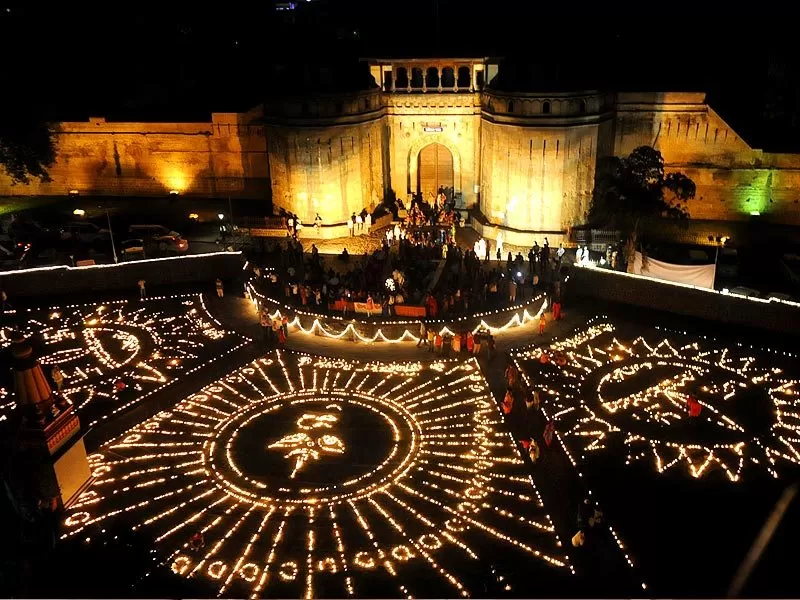
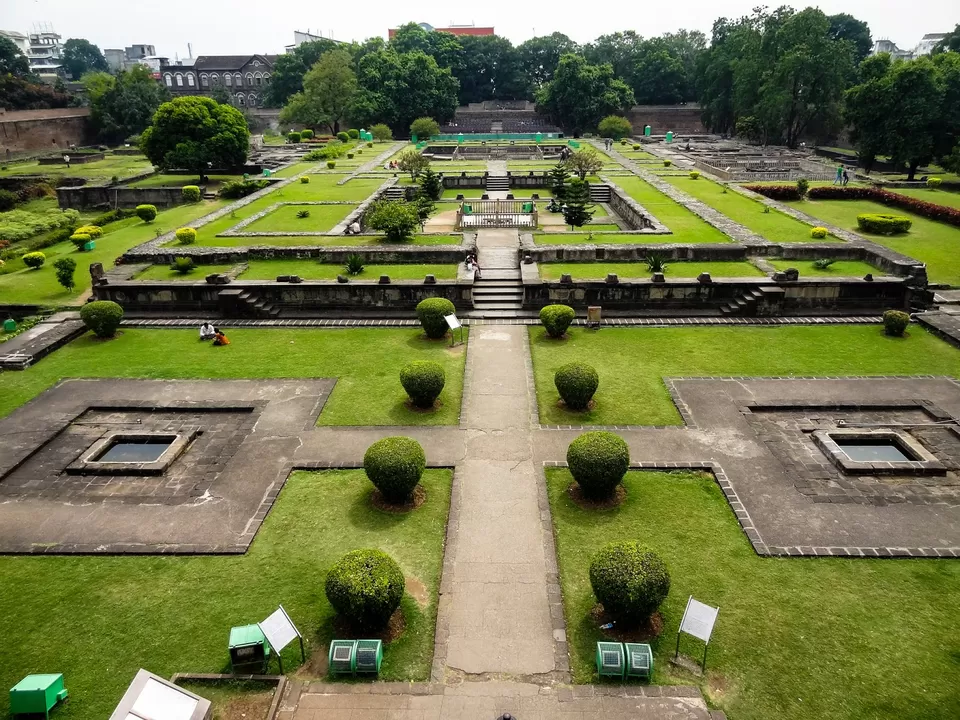
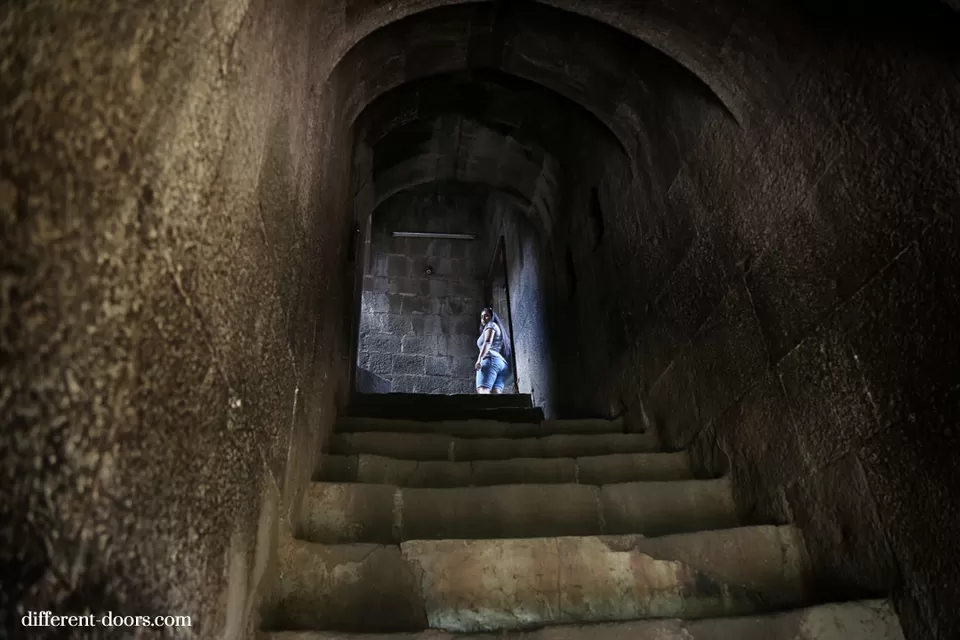
Frequent Searches Leading To This Page:-
best budget hotels in pune quora, the best places to visit in pune, pune aurangabad trip, weekend getaways around pune, things to do around pune




